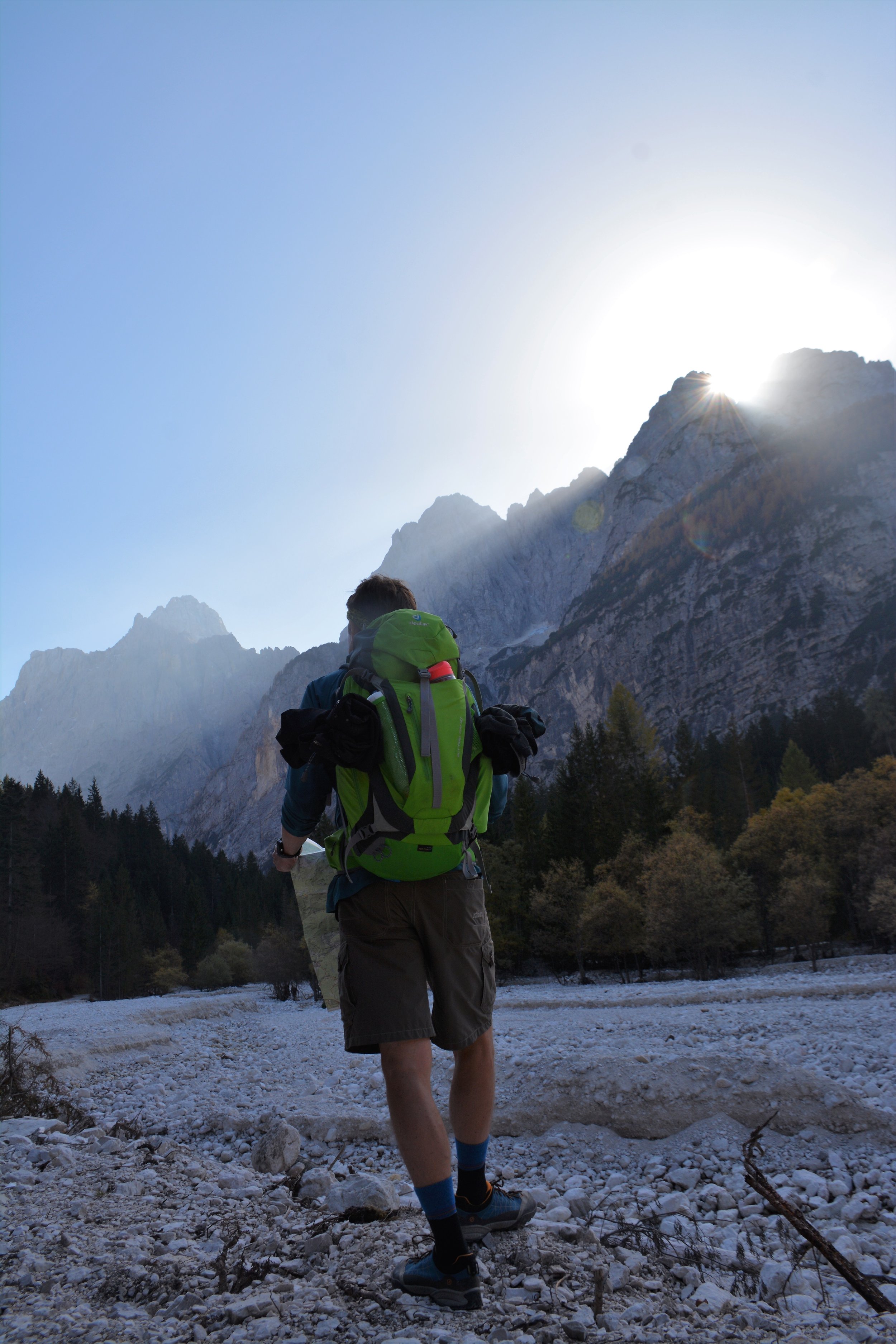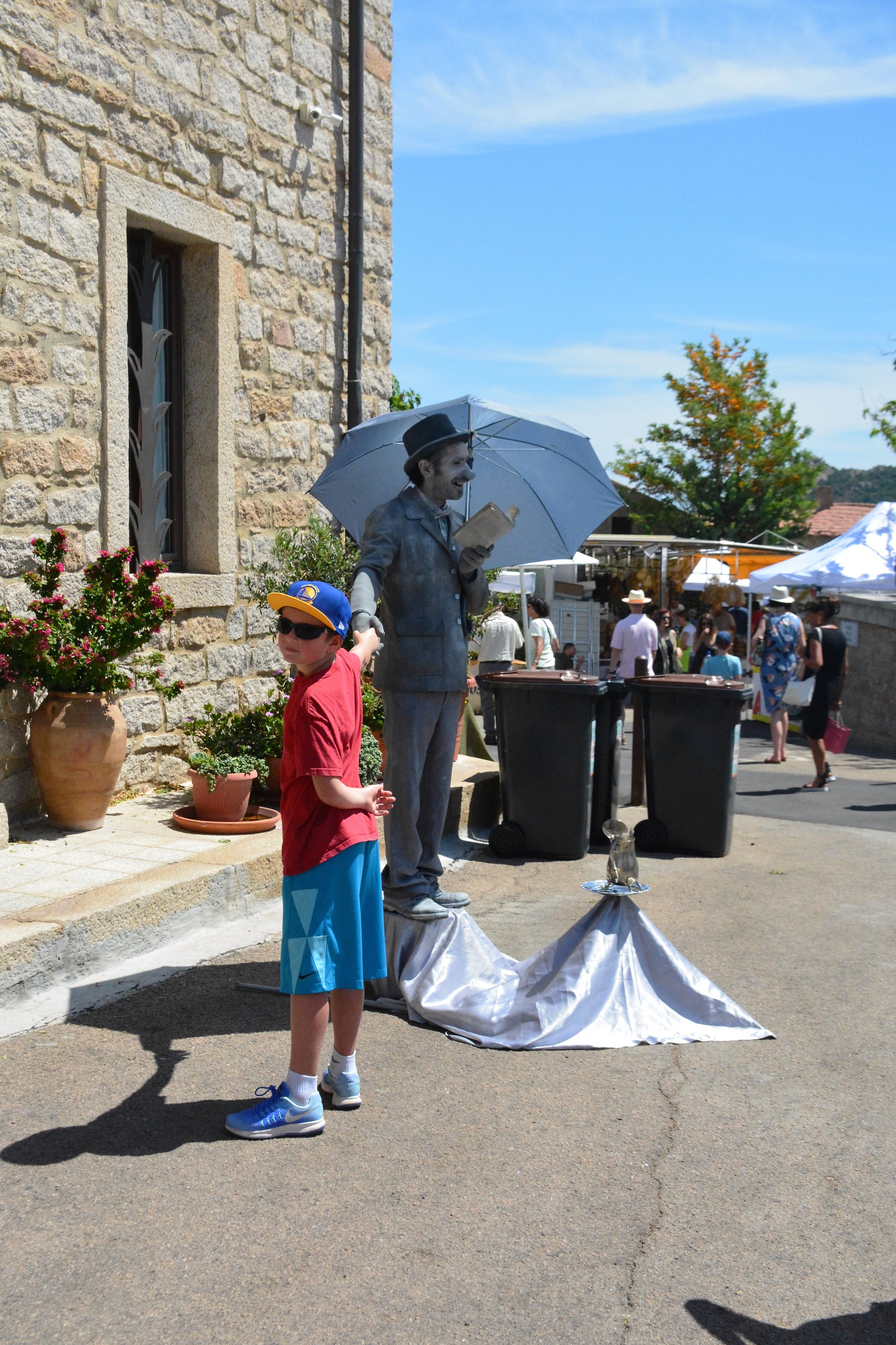We all have that area in a bookstore where we encounter short term memory loss as to our collection at home. Mine is the cookbook section.
A few months ago I was in Waterstones for something I can’t now remember. Instinct took me past my favorite section. Nudged by the prime table placement, captivated by the gorgeous photography and food styling, and peddled by an exuberant Jamie Oliver endorsement, I left (hopefully with the thing I came for though) AND a copy of Stirring Slowly by first time cookbook author Georgina Hayden.
Since then two more cookbooks have been added. The first was because Amazon suggested it to me as they know both my weakness and my vegan curiosity. The second was due to arriving early to my first yoga class and channeling my 15 minutes of nervous energy in the studio’s gift store.
When I get a new cookbook I quickly speed read through the recipes and sticky note ones I want to try. I blow past the boring Introduction where every author tells some version of the same story about early childhood food memories with their grandmother. I also skip the Stocking Your Pantry section because by now I have it. I’m all about the recipes and my quest for an eggplant dish my family will finally love. It usually takes me about 12 hours from cookbook acquisition to grocery list.
One of my first recipes from Stirring Slowly was the “Roasted Chickpea, Cauliflower and Sesame Lamb.” It was a winner. “Herby Puy Lentils, Greens and Smoked Mackerel” was next and also a winner until I made it often enough that one family member mentioned after 25 years together he thought I KNEW that he doesn’t really like smoked mackerel. I reasoned if you are good with smoked salmon and tuna, smoked mackerel is game on. And on.
I made “Sticky Carrots and Beets with Dates” for appreciative dinner company and my only complaint about the “Chorizo, Tomato and Chickpeas on Toast” is that the recipe should have demanded I double it. The “Popeye Smoothie with Mint and Blueberries” elevated our smoothie game and the “Sausage and Wild Garlic Linguine” is now in our regular pasta rotation.
What I couldn’t put my finger on precisely was how to describe my new cookbook. As you can probably tell from the recipes mentioned above, it was filled with a hodgepodge of recipes with lots of different ethnic persuasions that made it hard to categorize. I just know I liked what was coming out of my kitchen … well except maybe for the “Khichdi: a traditional Indian dish with mung beans.” The photo wasn’t even promising. But mung beans weren’t yet in my bulging pantry and every cookbook has that recipe you feel sorry enough for to try.
The other miss wasn’t the cookbook’s fault. If your family is convinced that the only pancake is a buttermilk pancake, you might want to skip the “Caramelized Apple, Ricotta and Hazelnut Pancakes” to protect yourself from hurt feelings that naturally come after you have pulled out the food processor, apple slicer, sieve, and electric beaters at 8am on a Saturday morning.
Inevitably what happens after cooking through my sticky notes and removing the aspirational ones, I often hit a wall with a new cookbook. That happened a few weeks ago with Stirring Slowly. That’s when I crowdsource by doing a Google search to find out what other people have made and liked from my fading favorite only child cookbook. It always turns up a few good new recipes to try. That’s how I discovered the “An Insanely Good Blondie” recipe that somehow I had missed. And it was insanely good according to a ravenous group of 11 year olds who forgot to leave me one.
The Google search turned up no mentions of the mung bean recipe for good reason but it did tip me off to something else. Somewhere, deep in a comment thread, someone made mention of the author’s, Georgina Hayden’s, tragic loss. Curious, I searched further but couldn’t find any more details online. So I flipped back to the Introduction of my now well-worn cookbook – the pages I had skipped over. There after several paragraphs into a standard intro, Georgina detoured and shared how this cookbook, her first one, was born out of losing her son just before birth. I had completely missed this detail. One not directly important to my cooking per say but nevertheless very important to the author.
I felt terrible for her loss in the way you do when you hear sad news about a stranger. I don’t even know this woman. And yet this woman had indirectly helped me put food on my family’s table for the past several months. I was so focused on finding recipes, shopping for and then measuring out ingredients that I never considered the context for how these recipes might have come about. I didn’t think about the person behind the cookbook. I thought about how it was serving me and how I would serve it. I noticed how that little piece of information shed so much more light.
I turned back to the front cover, taking in the title with more understanding, and noticing the subtitle that I had glossed over before: “Stirring Slowly: Recipes to Restore + Revive.”
That’s why there were so many soups and one pot meals. Oh, I get it now.
I read the rest of the introduction where Georgina further explains: “Cooking went on to become an interesting and integral part of my healing journey. Along the way there have been the meals that are nutritionally sound, which I know are sorting me out on the inside. And there are recipes that take time and patience and there are the ones that are almost meditative. Writing this book took time, and it has changed along the way – it isn’t just a collection of my favorite meals, it has been a work in progress and I’ve lived it. The subtitle is recipes to restore and revive as I believe this applies to us all.”
The wide range of recipes with varying levels of difficulty that defied a tidy label. Oh, I get it now.
I’m not writing this post to beat myself up about not reading a cookbook introduction. I have way bigger failings than that but the story has burrowed in me for another reason. It makes me realize that one small but important piece of information about someone can completely shift something into better focus.
When we think we know something, we skip ahead. We don’t ask obvious questions or the question sitting just below the surface. Instead we race ahead to find our perfect recipe rotation for purpose and passion and then collect the ingredients we need. We focus on the data and the measurements. We create output. If other people factor (and they always do), we go straight to figuring out how they can be of service to us. We aren’t meaning to put people into boxes but we forget the fullness of every single person we encounter. We forget about the person behind the book, the counter, the computer screen. That what they are saying or doing comes from experiences they have had.
Of course we can’t know everyone’s story and few people will ever hand us a written introduction of theirs, but aren’t we all some version of a story of love and loss? And if we really, really believed every person has missing puzzle pieces we may never be privy to, doesn’t just knowing that cause something to shift in us that brings us past tolerance and closer to respect and genuine conversation.
Now when I cook from this cookbook, which isn’t any more or less than I used to, I picture where in the healing process the author might have been when she wrote a particular recipe. I imagine many of the recipes in the “A Sunny Start to the Day” helped her get out of bed on hard days or the surprising numbers of celebratory cakes were byproducts of a disciplined gratitude practice. The insight into Georgina’s story has made me both appreciate her recipes more and cook with a little more intention. It’s a small shift but I can’t help but think it makes me a better cook. We will only know when I try the “Caramelized Apple, Ricotta and Hazelnut Pancakes” for a second audience.
But mostly it has challenged me to see people who I can't quite put my finger on as more than meets, at a bare minimum, my eye. I don't have to tell you there are lots of places where you can practice this. We all have our lists.
Also, that cookbook I recently picked up at the yoga studio … I read the entire Introduction.
































































